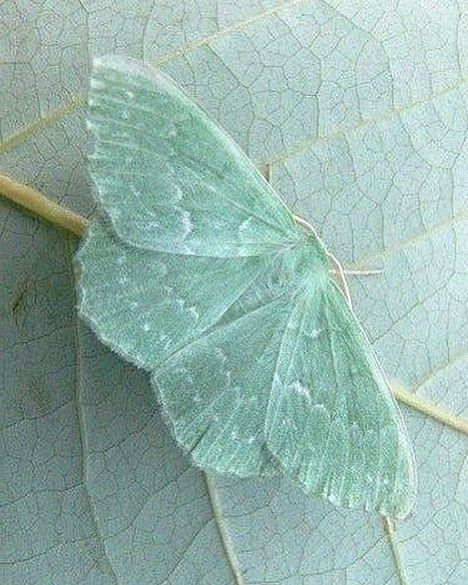Animal Camouflage
- Let's Biologue!
- Jul 21, 2023
- 2 min read
Animal camouflage is a fascinating adaptation that allows animals to blend into their environment, providing them with protection and increasing their chances of survival.
The primary purpose of camouflage is to avoid detection by predators, prey, or competitors. By blending into their environment, animals can remain hidden, making it harder for predators to locate them. Camouflage also helps predators sneak up on their prey without being detected, increasing their chances of a successful hunt. Additionally, camouflage can aid in territorial defence and courtship rituals.
Animals employ various camouflage strategies to blend in with their surroundings. These include concealing colouration, disruptive colouration, mimicry, and background matching.
Concealing colouration: This camouflage technique involves having similar colours and patterns to the surrounding environment.

Disruptive colouration: Animals with disruptive colouration use bold patterns or markings to break up their body outline, making it harder for predators to identify them.

Mimicry: In mimicry, an animal closely resembles another organism, often benefiting from the mistaken identity to gain protection or advantages.

Background matching: This camouflage technique involves matching the colour and texture of the surroundings to blend seamlessly into the environment.

Different animals use different techniques to camouflage in the environment which can be seen all across the animal kingdom:
Camouflage in mammals:
African lions make use of their tawny-colored coat that allows them to match the dry grass and savanna vegetation. Their fur helps them conceal themselves in the grass, making it easier for them to approach prey undetected during hunts, a case of background matching.

More cases of camouflage in mammals:


Camouflage in birds:
The Great Grey Owl has feathers that blend with tree bark making it nearly invisible during the day, a case of concealing colouration.

More cases of camouflage in birds:


Camouflage in fish:
The Stonefish resembles a rock formation, making it a formidable predator that relies on ambushing prey that fails to identify it, a case of disruptive colouration.

More cases of camouflage in fish


Camouflage in reptiles:
The Alligator uses its colours and patterns that mimic wood logs floating in the water to sneak its prey and perform ambush attacks, a case of disrupting and concealing colouration.

More cases of camouflage in reptiles:


Camouflage in insects:
The Owl Butterfly wings resemble owl eyes, scaring predators away, a case of mimicry

More cases of camouflage in Insects:


In conclusion, animal camouflage encompasses various strategies that animals employ to blend into their environment, serving the purpose of avoiding detection by predators or prey.
Finding a master of camouflage is difficult for predators and prey, we leave you with the challenge of finding some very well well-hidden animals, hope you have fun finding them:





Choose knowledge!
Team Let's Biologue
References:
4 Hidden Ways Animals Camouflage Themselves | Discover Magazine. (n.d.). Retrieved July 20, 2023, from https://www.discovermagazine.com/planet-earth/4-hidden-ways-animals-camouflage-themselves
camouflage. (n.d.). Retrieved July 20, 2023, from https://education.nationalgeographic.org/resource/camouflage/
Stevens, M., & Merilaita, S. (2008). Animal camouflage: current issues and new perspectives. Philosophical Transactions of the Royal Society B: Biological Sciences, 364(1516), 423–427. https://doi.org/10.1098/RSTB.2008.0217
.png)



Comments